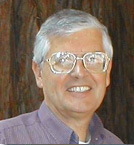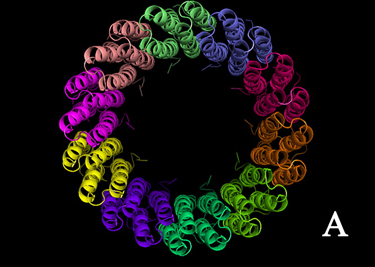Barry Bowman

Professor Emeritus of MCD Biology
B.A., University of Wisconsin, Milwaukee
Ph.D., University of Michigan
Postdoctorate, Yale University 1975-1979
Membrane Function and Calcium Regulation
A large part of the genome of all organisms encodes proteins that transport molecules across membranes. We investigate these transporters, using Neurospora crassa, a filamentous fungus, as our model organism. For many years we have been unraveling the structure and biological function of the vacuolar ATPase. This enzyme is an ATP-driven proton pump that regulates pH and provides the primary source of energy for transport of molecules across intracellular membranes. Our lab was among the first to discover the enzyme and subsequently clone the genes that encode its many subunits. We also discovered drugs that inhibit the vacuolar ATPase and recently described the mechanism by which two of these drugs, bafilomycin and concanamycin block vacuolar ATPase activity.
Our current focus is on the question - which organelles sequester calcium within cells and how is calcium transported? We are working with five of the major calcium transport proteins. Mutant strains have been constructed that lack one or more of these proteins and investigation of these strains helps us to understand their functions. We have also tagged each of them with red or green fluorescent protein. Calcium transporters are expected to be in several different organelles but the structure and abundance of different organelles is, in fact, not well described in filamentous fungi. With the tagged calcium transporters, along with tagged markers for organelles we able to see these structures in living cells. The organelles are surprisingly dynamic in their movements and in their morphological plasticity. Our recent work has revealed a possible new organelle, not described in the literature, near the tip of growing fungal cells. This organelle may have special role in controlling calcium in the most actively growing part of the cell.
Please follow this link to find the lab's publications in the National Library of Medicine's PubMed database.

Model of the structure of a ring of 10 c subunits of the vacuolar ATPase from N. crassa. View of the structure isfrom the cytosolic side of the membrane. The model is based on the structure of the E. hirae ntpK protein and is the starting point for understanding the binding of bafilomycin. For details see Bowman et al. 2006.
